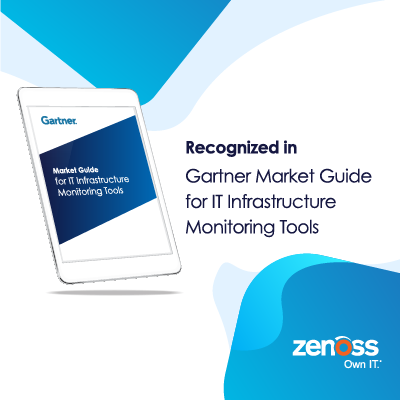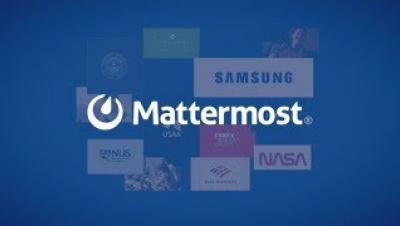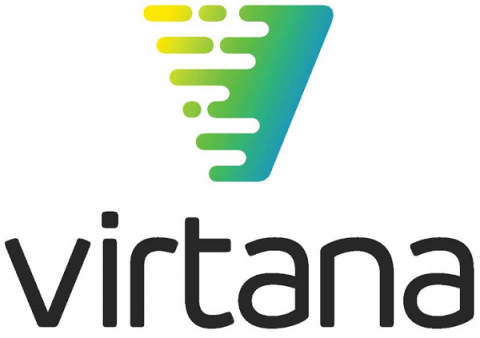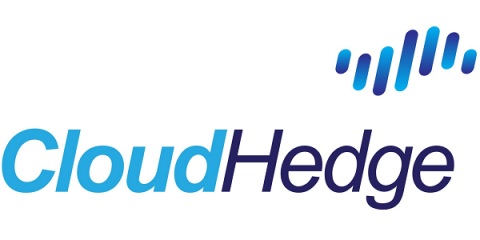Managing Checkly checks with Terraform
In this guest article John Arundel, consultant and author of Cloud Native DevOps with Kubernetes, introduces the Checkly Terraform provider. He explains what Terraform is and why you'd want to use it, and shows how to use Terraform to automate and manage your website monitoring with Checkly.











